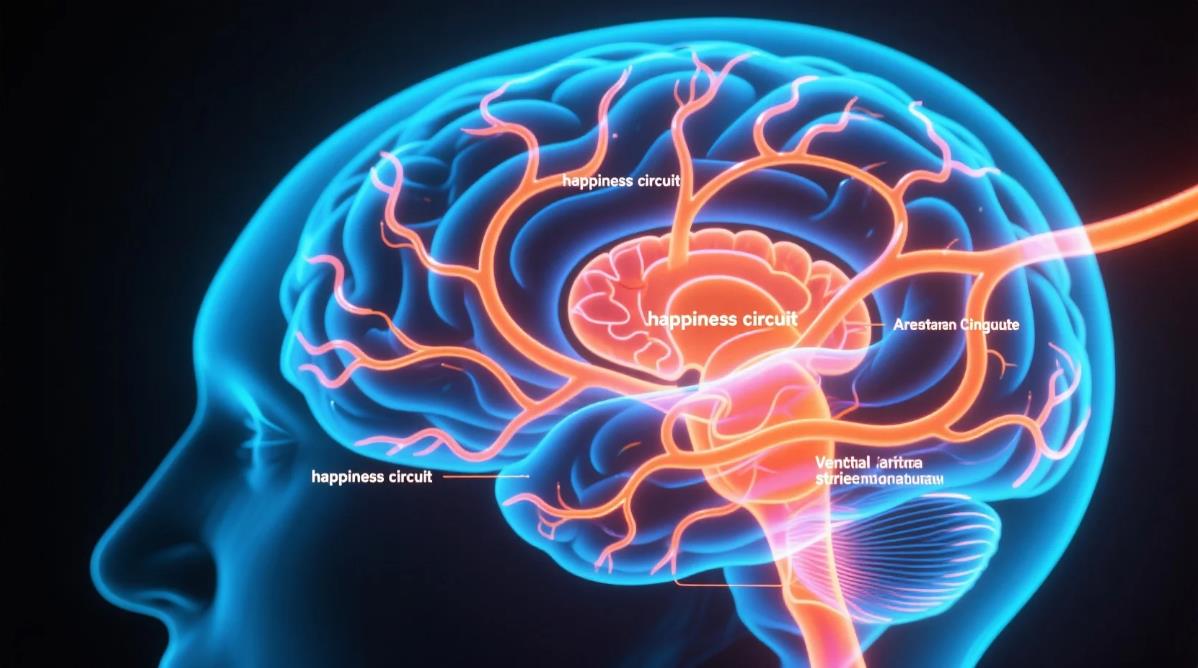The pursuit of happiness has moved from philosophical speculation to neuroscientific reality as researchers uncover the brain's remarkable capacity for positive rewiring. Contrary to the long-held belief that happiness set points are genetically fixed, cutting-edge studies in neuroplasticity reveal that specific regions of the brain associated with joy and contentment can be strengthened through targeted exercises. The prefrontal cortex, anterior cingulate, and ventral striatum - collectively termed the "happiness circuit" - demonstrate measurable growth in individuals practicing evidence-based positivity techniques. This discovery fundamentally alters our understanding of emotional wellbeing, suggesting that happiness is less a passive state than an acquired skill that can be cultivated through neurological training.

Advanced neuroimaging techniques have identified several promising methods for boosting positive brain function. Mindfulness meditation, when practiced consistently for eight weeks, increases gray matter density in the left hippocampus while shrinking the amygdala's fear response center. Cognitive reappraisal exercises - consciously reframing negative experiences in constructive ways - strengthen connectivity between the prefrontal cortex and emotional processing regions. Perhaps most intriguing are recent findings about "positive neuroception," a neural mechanism that scans for safety and pleasure cues in the environment. Researchers at University of California, Berkeley developed targeted exercises that enhance this detection system, effectively training the brain to notice and amplify positive stimuli that typically go unrecognized.

The biological mechanisms behind these changes involve sophisticated neurochemical processes. Regular positivity practice upregulates dopamine D2 receptors in the reward system while increasing serotonin availability in mood-regulating pathways. Simultaneously, it reduces inflammatory markers like interleukin-6 that are linked to negative affect. What makes these neurological changes particularly significant is their self-reinforcing nature - as the brain becomes more efficient at processing positive information, it creates a virtuous cycle where happiness begets greater happiness. Studies tracking participants over five years found that those practicing these techniques maintained their gains long-term, suggesting the brain can develop enduring positivity pathways.
Practical applications of this research are emerging across multiple domains. In education, schools implementing daily "brain training" sessions report significant improvements in student wellbeing and academic performance. Corporate wellness programs are adopting neuroscience-based positivity exercises that yield measurable productivity gains. Even clinical settings are incorporating these methods - a Johns Hopkins protocol combining positivity training with cognitive behavioral therapy shows particular promise for treatment-resistant depression. The most effective regimens blend multiple approaches, creating what psychologists call an "upward spiral" of positive neuroplasticity.
While the neuroscience of happiness offers exciting possibilities, it's not a panacea. Genetic factors still account for about 50% of happiness variability, and traumatic experiences can create lasting neurological challenges. However, the remaining variance - representing substantial potential for improvement - appears highly responsive to targeted training. As research progresses, we're moving toward personalized positivity protocols based on individual brain scans and neurotransmitter profiles. This emerging field suggests that happiness is neither purely inherited nor entirely circumstantial, but rather a complex interplay between biology and volitional practice - a discovery that empowers individuals to take an active role in shaping their emotional wellbeing.




